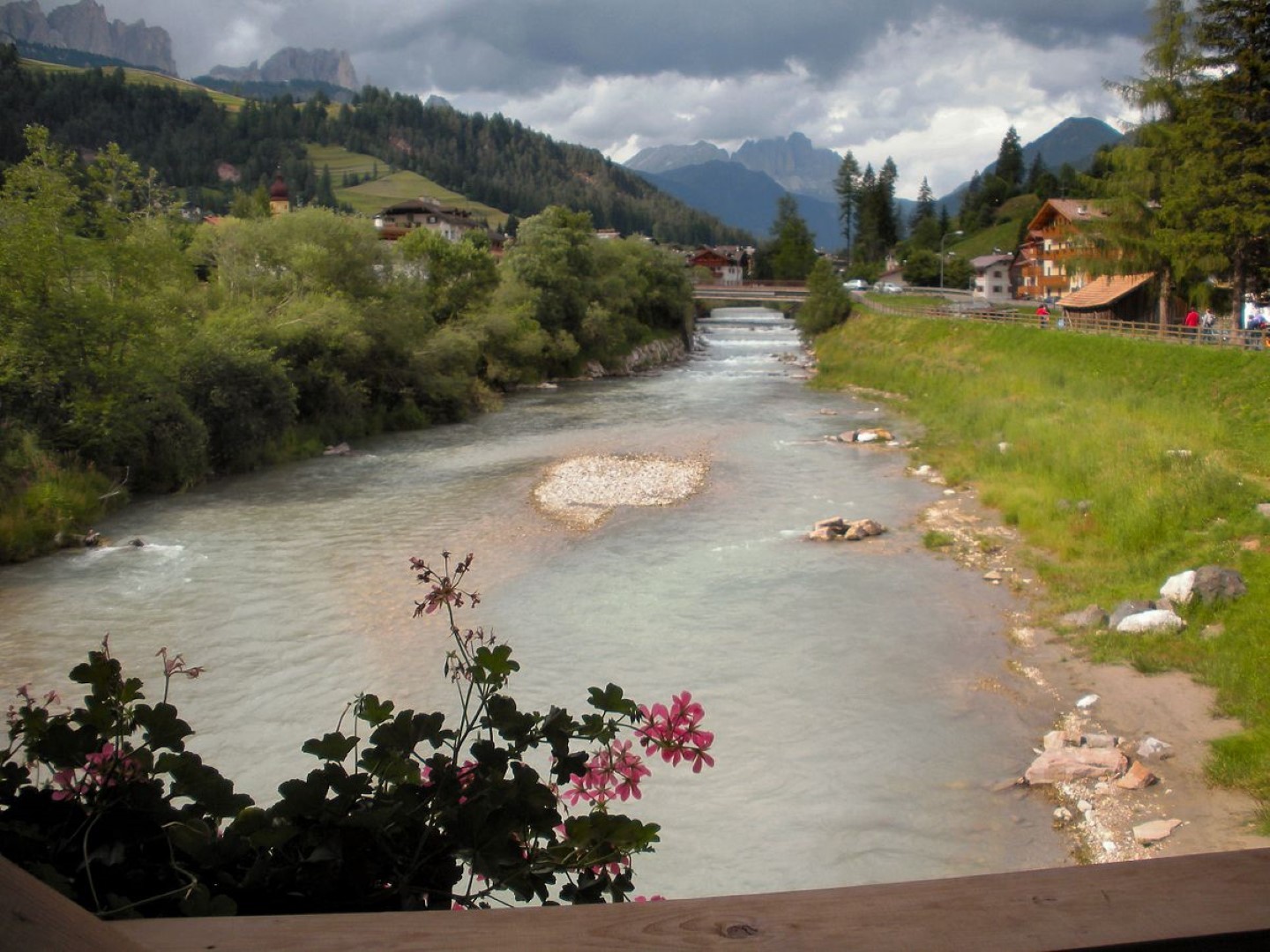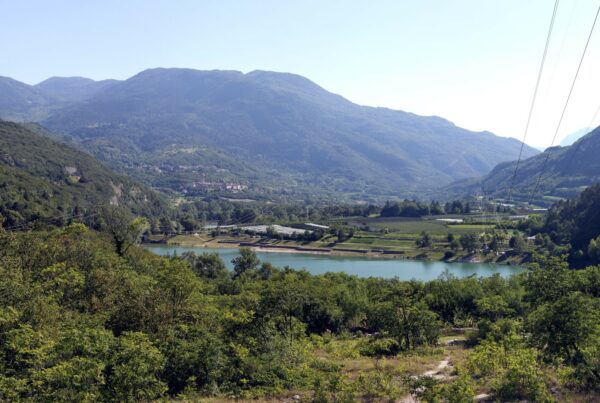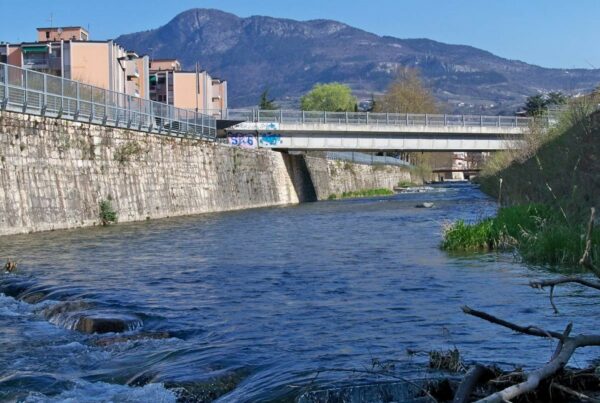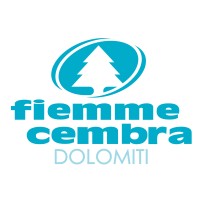Torrente Avisio
In the wild kingdom of the marble trout
A large left-hand tributary of the Adige, the Avisio originates from the Marmolada glacier, flows through the Fassa, Fiemme and Cembra valleys and flows into the Adige downstream of the town of Lavis, with its large dejection cone. The section under concession to the APDT goes from the Stramentizzo dam to the mouth. It is a good 33 km long and has an average width of 20 m. It is a typical valley bottom stream
with a gradient of 15 m/km at an average altitude of 450 m a.s.l. (from 710 m a.s.l. at the Stramentizzo dam to 202 m a.s.l. at the mouth).
Access routes
Dall’uscita autostradale di Trento nord si prende la statale 12 in direzione di Bolzano. Dopo il bivio per Gardolo al semaforo si svolta a destra in direzione di Albiano ed in tal modo si percorre la strada provinciale di destra Avisio. Per raggiungere la strada provinciale di sinistra Avisio si deve proseguire fin dopo l’abitato di Lavis e quindi svoltare a destra in direzione di Cembra.
Fishing environment
The Avisio has a constant flow rate of approx. 3-5 mc/s and is the most intact stretch of river on the valley floor in Trentino. It flows in a deep valley through the Atesina porphyry platform. It is characterised by a wide riverbed with boulders of even considerable size. The river habitat is very varied and is characterised by the rambling of the water between the deep holes formed in contact with the rocky headlands, rapids and slower flats. This is the habitat of the marble trout, which reigns supreme here and reaches considerable sizes (even 7-8 kilos). However, there is no shortage of complementary species such as common barbel, dog barbel, chub and brown trout. The only way to access the river is along the ancient paths that connect villages and countryside to the valley floor. An exception is the connecting road between Faver and Segonzano, near the earth pyramids of the same name, which crosses the river (Ponte dell’Amicizia) . It is an ideal area for spinning or fishing with live bait, particularly with the “passata” technique, especially in spring and autumn, for submerged fly fishing all year round and dry in summer.
Special Rules
| Zones C1 and C2 | Zone “NO KILL” Ck and CK1 | ||
| Aperture | 1 Sun. March | Aperture | 1 Sun. March |
| Exits sept. | 4 of your choice | Exits sept. | 4 of your choice |
| Minimum trout measures | |||
| Marmorata (max 2 capi) | 35 cm | ||
| Hybrid Marmorata x Fario (max 2 heads) | 30 cm | ||
| Fario | 22 cm | ||
| Iris | 22 cm | ||
| Grayling (max 3 heads) | 35 cm | ||
| A “NO KILL” area is established near the bridge of Cantilaga (Piazzo – Pra) from the end of the road in the riverbed for approx. 1000 m upstream called CK
A “NO KILL” area is established near the town of Lavis from the confluence of the Rio Papa to the border of the Biotope Foci dell’Avisio for about 1000 m. called Ck1 | |||
| Bans Prohibited the use of any natural bait. It is forbidden to mount anchors. Forbidden to take any fish | |||
| Requirements Fishing in the biotope “Pont dei Vodi” see Bandits and Biotopes attached to the permits. Fishing in the special scheme area see table below. | Requirements The following artificial baits with a single hook deprived of the pin are allowed: artificial flies (fishing with mousetail, camolera, moschera), rotating or wavy teaspoon, fake fish or rapalà | ||
| Max daily catches | Max catch number Daily | ||
| Salmonids | 4 | prohibited any withdrawal of fish | |
| Lucci | 2 | ||
| Closing
| Closing
|
In summary
Fishing period
1st Sunday in March
30th September
Fish present
Marble trout, Chub, Common barbel, Brown trout
Technique
Passed, fly spinning, by touch, dead fish
Bait
Natural bait, spinner, minnow, nymph, dry, streamer.











